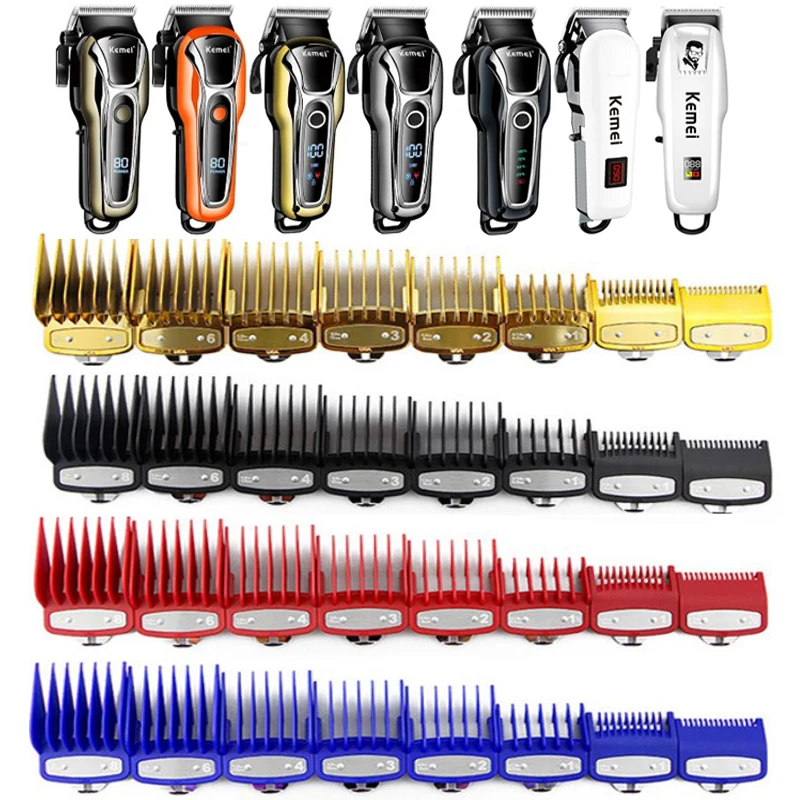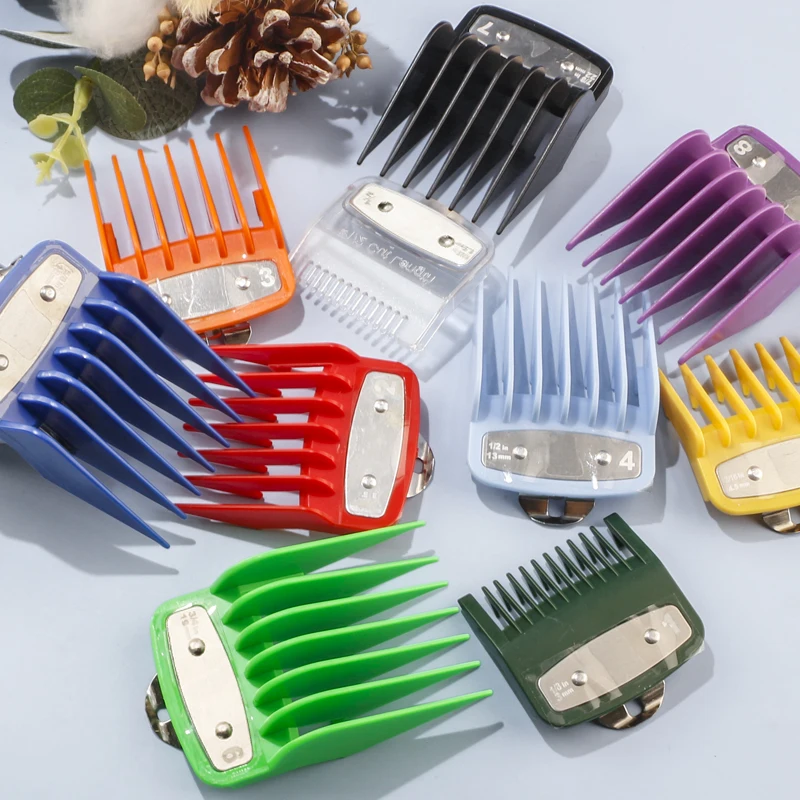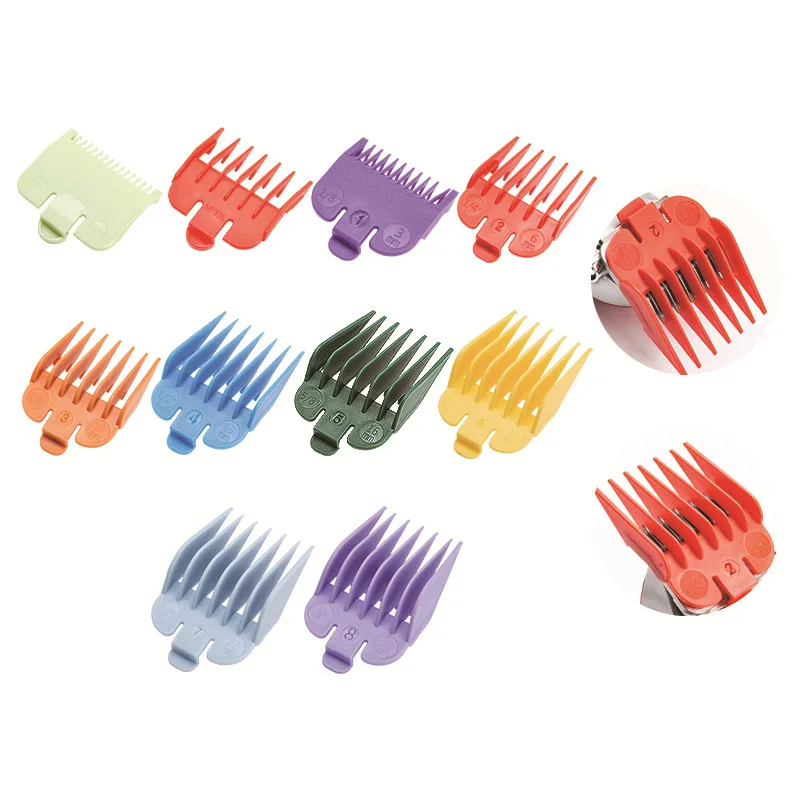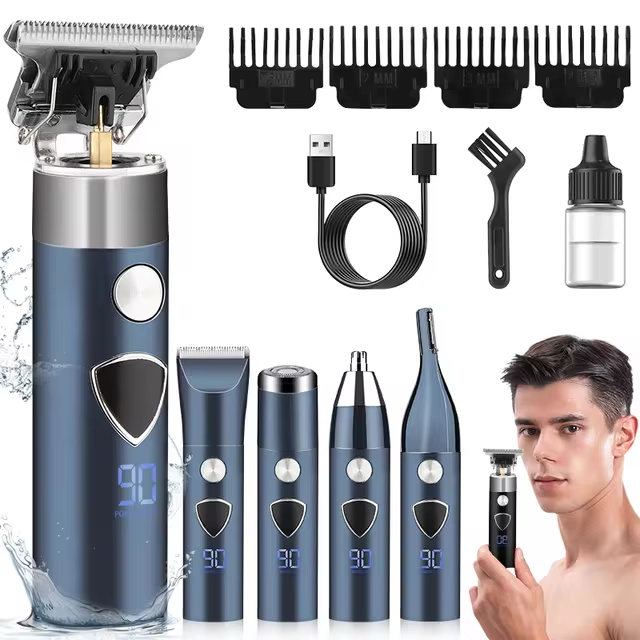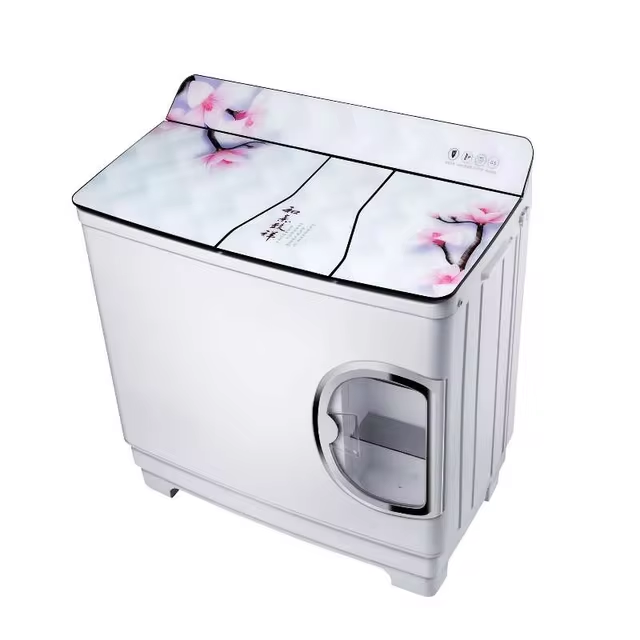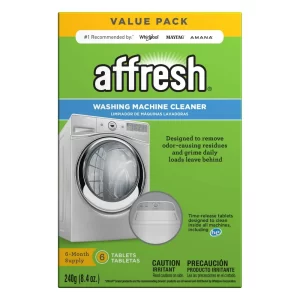Hair Clipper Sizes: A Comprehensive Guide
When it comes to grooming, having the right tools at your disposal makes all the difference. Hair clippers are essential for achieving that perfect haircut, whether you’re maintaining your own style or working on someone else’s. However, many people overlook an important aspect of hair clippers: the various sizes of blades, often referred to as guard sizes. This article delves deep into hair clipper sizes, explaining what they are, how to use them, and providing tips for achieving the best results.
Understanding Hair Clipper Sizes
What Are Hair Clipper Sizes?
Hair clipper sizes refer to the different lengths of cut that can be achieved using clipper guards. These guards are plastic attachments that fit onto the clipper blades, allowing for precise control over the length of hair that is trimmed. Each guard has a specific size number that corresponds to a length in inches or millimeters, helping both professionals and amateurs alike to choose the right size for their desired hairstyle.
Importance of Choosing the Right Size
Selecting the correct guard size is critical for achieving the hairstyle you desire. A guard that is too short may lead to an undesired buzz cut, while one that is too long may not remove enough hair for your intended style. Using the proper guard size helps you avoid overcutting or undercutting the hair, ensuring a clean and polished look.
Common Hair Clipper Sizes and Their Uses
Clip Sizes 1 to 8: The Basics
The most common clipper sizes range from 1 to 8, with each corresponding to a specific cutting length. Here’s a breakdown of what these sizes mean:
- #1 Guard: This clipper size leaves hair approximately 1/8 inch (3 mm) long. It is often used for a close buzz cut or for blending shorter hairstyles.
- #2 Guard: Leaving hair at about 1/4 inch (6 mm), the #2 guard is great for maintaining a bit more length while still achieving a clean look.
- #3 Guard: This guard cuts hair to 3/8 inch (10 mm), suitable for a variety of styles, especially for those looking for a short, manageable length.
- #4 Guard: With a cutting length of 1/2 inch (13 mm), the #4 guard provides a more full-bodied look, ideal for crew cuts or textured hairstyles.
- #5 Guard: At 5/8 inch (16 mm), this size helps achieve longer haircuts while still providing a neat appearance.
- #6 Guard: The #6 guard cuts hair to 3/4 inch (19 mm), making it suitable for styling longer hair while maintaining a clean shape.
- #7 Guard: With a length of 7/8 inch (22 mm), this clipper size allows for more versatility in styling without losing too much length.
- #8 Guard: The longest of the standard sizes, the #8 guard leaves hair approximately 1 inch (25 mm) long. It’s excellent for longer styles that still require a little bit of shape and control.
Specialty Sizes and Their Applications
In addition to the standard clipper sizes, there are also specialty sizes that can help achieve specific looks. These may include:
- Taper and Fade Guards: These often come in sizes smaller than #1, such as #0.5 or #0, providing an ultra-close cut ideal for fading techniques.
- Longer Length Guards: Some brands offer guards beyond #8, such as #9 and #10, which are useful for longer hairstyles or giving added texture to the locks.
- Customized Guards: Some barbers customize their clipper guard sizes for unique styles, adapting them to specific needs and hairstyles.
How to Choose the Right Hair Clipper Size
Assessing Your Hair Type
When selecting a hair clipper size, consider your hair type. Different hair textures—whether they be curly, straight, thick, or thin—will react differently to cutting. For instance, thicker hair may require a larger guard size for an even cut, while fine hair might work well with smaller guard sizes.
Considering Your Desired Style
Before you start cutting, think about the final look you want to achieve. If you’re going for a short, clean buzz cut, the #1 or #2 guard might be the way to go. For a longer, layered style, you’ll want to use a size #4 or #5 guard. It’s helpful to look at photos or to consult with a stylist for inspiration.
Combining Clip Sizes
For many hairstyles, you’ll find that using multiple guard sizes can yield the best results. Using a lower guard size on the sides and a longer guard on the top can help blend different lengths effectively, creating dimension and texture.
Techniques for Using Hair Clipper Sizes
Preparation: Before You Start Cutting
Before you delve into cutting hair, it’s essential to prepare both yourself and the area:
- Clean the Clipper: Ensure that your hair clipper is clean and well-lubricated. This will help it run smoothly and prevent snagging.
- Choose the Right Guard Size: Based on your desired length and style, select the appropriate guard size.
- Wash and Dry Hair: Start with clean, dry hair. Wet hair will often weigh down and can give inaccurate results.
The Cutting Technique
- Start with the Sides: Begin by using a shorter guard size on the sides and back to create a neat outline.
- Move to the Top: Once the sides are done, switch to a longer guard size for the top. This will allow you to blend seamlessly between different lengths.
- Use a Flicking Motion: As you cut, use a flicking motion to cut against the hair’s natural growth. This helps in achieving a blended look.
- Regularly Check for Evenness: Take breaks to check the consistency of your cut, ensuring that everything looks even.
- Finishing Touches: After you finish, remove the guard to tidy up around the ears and neck for a clean finish.
Maintenance and Care for Hair Clipper Sizes
Cleaning Your Blades
Regularly cleaning hair clipper blades will not only prolong the life of your clippers but also ensure a smooth cutting experience. Here’s how to properly maintain your clippers:
- Remove Hair Debris: After each use, brush away any hair that has stuck to the blades using a small cleaning brush designed for clippers.
- Oil the Blades: Apply a small amount of clipper oil to the blades to prevent rust and friction.
- Deep Cleaning: Periodically, disassemble the blades for thorough cleaning according to the manufacturer’s instructions.
Storing Your Clippers
Proper storage can also impact the longevity of your hair clippers. Store them in a cool, dry place and avoid leaving them in damp areas, as moisture can rust the blades.
Choosing Quality Clippers: Major Brands and Considerations
Top Brands in the Market
Several brands are known for producing high-quality hair clippers. Each brand has unique features, and it’s essential to choose one that suits your needs. Some popular brands include:
- Wahl: Renowned for their durability and professional-grade performance, Wahl clippers often come with a variety of guards.
- Andis: Known for their innovative designs and quiet operation, Andis clippers offer powerful performance suited for detailed cuts.
- Oster: This brand is favored for its powerful motors and versatility, making it a favorite among barbers.
Considerations When Purchasing Hair Clippers
When choosing hair clippers, consider the following factors:
- Motor Power: The power of the motor determines how well it can cut through thicker hair types.
- Corded vs. Cordless: Decide whether you prefer the mobility of cordless clippers or the consistent power of corded ones.
- Weight and Ergonomics: A lightweight and ergonomic design will make it easier to handle during prolonged use, especially for professional barbers.
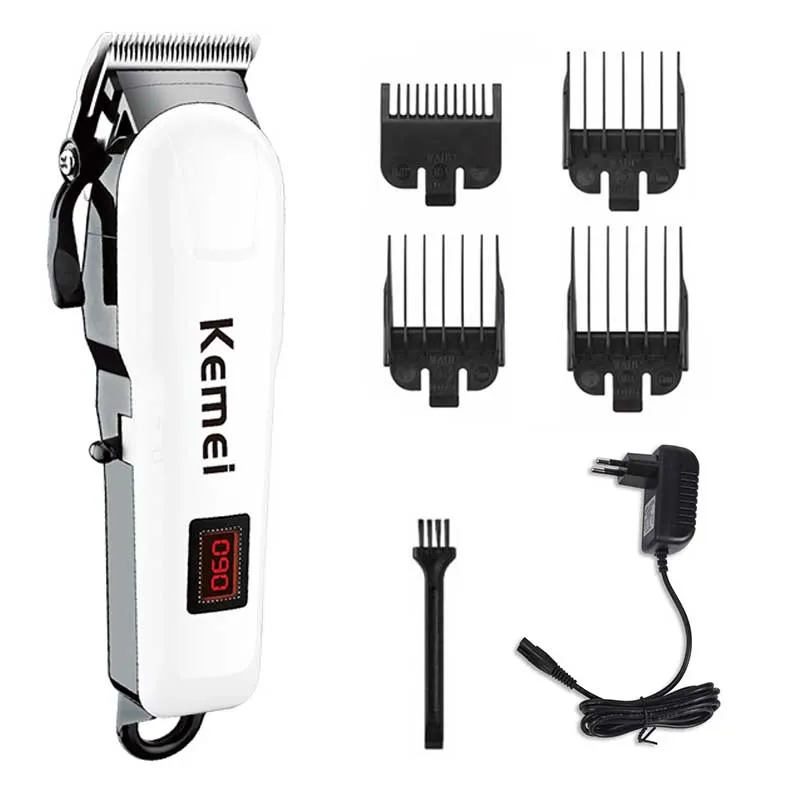 The Influence of Trends on Hair Clipper Sizes
The Influence of Trends on Hair Clipper Sizes
Hair trends and societal norms significantly influence clipper sizes and designs. Over recent years, there has been a cultural shift towards more fluid styles that aren’t confined to traditional notions of “male” or “female.”
The Rise of Androgyny
The rise of androgynous fashion and hairstyles means that people of all genders are experimenting with shorter cuts, undercuts, and fades—styles once predominantly associated with men. As a result, many hair clippers manufactured now reflect a more inclusive approach, catering to a wider audience.
Popularity of DIY Styling
The COVID-19 pandemic ushered in a revolution in self-grooming, and many individuals opted for DIY haircuts. This phenomenon also correlated with a surge in demand for versatile hair clippers. Many are now searching for clippers equipped with several guard sizes, allowing them to navigate both masculine and feminine styles with ease.
Conclusion
Hair clipper sizes are an essential aspect of achieving the perfect haircut. Understanding the different sizes and their applications allows you to tailor your grooming to your needs and preferences. Whether you are someone who cuts their own hair, or a professional barber, mastering hair clipper sizes can lead to exceptional results. By choosing the right size, employing proper cutting techniques, and maintaining your clippers, you’ll not only enhance your hairstyling skills but also save time and money in the long run. So, the next time you reach for your clippers, remember that knowing your hair clipper sizes can make all the difference.
